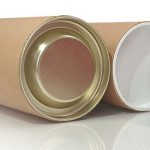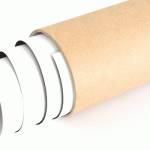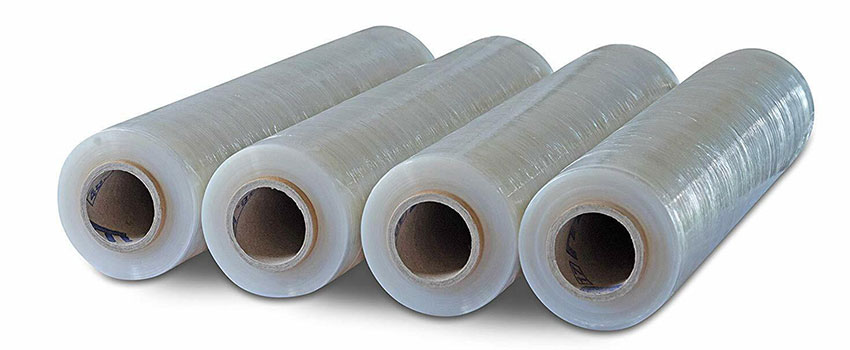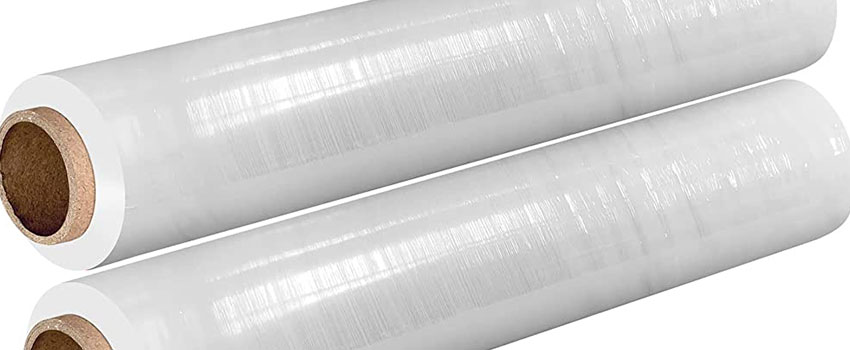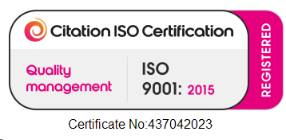Stretch film, commonly known as pallet wrap, is a crucial tool in warehouse management and shipping industries. The film is a highly elastic material that stretches to cover and hold pallet loads together during transportation. However, beyond its flexible and stretchy properties, stretch film’s mechanical and material characteristics are equally important in determining its efficiency and effectiveness in wrapping pallet loads.
Let’s delve into the science behind pallet stretch wrap, including its mechanical properties, material characteristics, and how these features affect its performance.
What are Unique Features of a Pallet Stretch Wrap?
Mechanical Properties
The mechanical properties of pallet stretch wrap play a critical role in its functionality. The film’s elongation is a measure of its ability to stretch without tearing. Different types of stretch wrap have varying elongation levels, with some capable of stretching up to 300% or more. The force required to stretch the film is known as its tensile strength, which also differs across different ranges of pallet wrap. High-tensile films require more force to stretch and are ideal for securing heavy or sharp-edged loads.
Another vital mechanical property is the film’s puncture resistance. The ability of stretch wrap to resist punctures and tears is critical to ensure the safety and security of pallet loads during transportation. The puncture resistance of stretch film is determined by its thickness, with thicker films offering more protection against punctures and tears.
Material Characteristics
The material used to make stretch film is another essential factor that determines its performance. Common materials used in manufacturing stretch film include linear low-density polyethylene (LLDPE), low-density polyethylene (LDPE), and high-density polyethylene (HDPE). LLDPE is the most used material in stretch wrap production due to its superior stretch and tear resistance properties. LDPE is a softer and more flexible material, while HDPE is a stiffer material that offers high tensile strength and puncture resistance.
The thickness of stretch film varies depending on the material used and the intended application. Thicker films offer more protection against punctures and tears and are ideal for securing heavier loads. However, thicker films also require more force to stretch, making them less efficient for wrapping lighter loads.
What are the Hidden Benefits of a Pallet Stretch Wrap?
Pallet stretch wrap offers numerous benefits to businesses in the shipping and warehouse management industries. These benefits include—
Protection
The primary benefit of pallet stretch wrapping is the protection it provides to pallet loads during transportation. The film secures and holds the load together, preventing it from shifting or falling apart during transit. This reduces the risk of damage, loss, or injury caused by improperly secured loads.
Cost-Effective
Pallet stretch wrap is a cost-effective solution for securing pallet loads. Compared to other methods such as strapping or banding, stretch wrap requires less material and is easier and faster to apply. This makes it an affordable and efficient option for businesses of all sizes.
Moisture and Dust Protection
Specialty stretch wrap films are available to provide moisture and dust protection for pallet loads. These films are designed to seal the load and protect it from moisture, dust or dirt during transportation and storage.
Improved Efficiency
The use of wrap dispensers and pre-stretched films can significantly improve the efficiency of pallet wrapping. Automated dispensers and pre-stretched films reduce the amount of effort required to apply the film, resulting in faster and more efficient wrapping.
Improved Storage and Handling
Pallet stretch wrapping improves the storage and handling of pallet loads. Wrapped loads are easier to handle and stack, reducing the risk of damage or accidents during storage and transportation.
Improved Branding and Marketing
Pallet stretch wrap can also be customized with logos, branding, or marketing messages. This can help businesses to promote their brand and increase brand awareness during transportation and storage.
Environmental Sustainability
Some types of pallet stretch wrap are designed to be eco-friendly and recyclable. These films reduce the environmental impact of packaging waste and support sustainable business practices.
In conclusion, pallet stretch wrapping offers numerous benefits to businesses in the shipping and warehouse management industries. The film’s primary benefit is the protection it provides to pallet loads during transportation. Pallet stretch wrap is also cost-effective, provides moisture and dust protection, improves efficiency, and enhances storage and handling.
Moreover, customized stretch wrap can also serve as a branding and marketing tool. Finally, the use of eco-friendly and recyclable stretch wrap supports sustainable business practices. By considering the benefits of pallet stretch wrapping and selecting the appropriate film for specific applications, businesses can ensure the safety and security of their pallet loads while reducing costs and supporting sustainable practices.
Application and Efficiency of Pallet Stretch Wrap
In addition to its mechanical and material properties, the efficiency of pallet stretch wrapping also depends on the application method. Wrap dispensers are commonly used to facilitate the application of stretch wrap. These dispensers come in different designs, including handheld, manual, and automated options. Manual and handheld dispensers are ideal for wrapping smaller loads, while automated dispensers are better suited for wrapping larger or multiple loads.
The range of pallet wrap available in the market also affects the efficiency of stretch wrapping. The range includes cast and blown films, pre-stretched films, and specialty films, among others.
- Cast films are the most commonly used pallet wrap and are ideal for wrapping a wide range of loads.
- Blown films offer superior puncture resistance and are ideal for securing heavy or sharp-edged loads.
- Pre-stretched films are thinner than regular films, making them more efficient for wrapping lighter loads.
- Specialty films, on the other hand, are designed to address specific packaging needs, such as moisture or dust protection.
Optimize Your Packaging Operations with Pallet Stretch Wrap
Without any doubt, pallet stretch wrap is a crucial tool in the shipping and warehouse management industries. Understanding the science behind stretch film, including its mechanical properties and material characteristics, is critical in selecting the right type of film for different loads.
Factors such as puncture resistance, tensile strength, and elongation levels should be considered when selecting the ideal stretch wrap for specific applications. In addition, the application method, the range of pallet wrap available, and the load requirements are also important factors in determining the efficiency and effectiveness of stretch wrapping. By considering all these factors, businesses can ensure the safety and security of their pallet loads during transportation.


